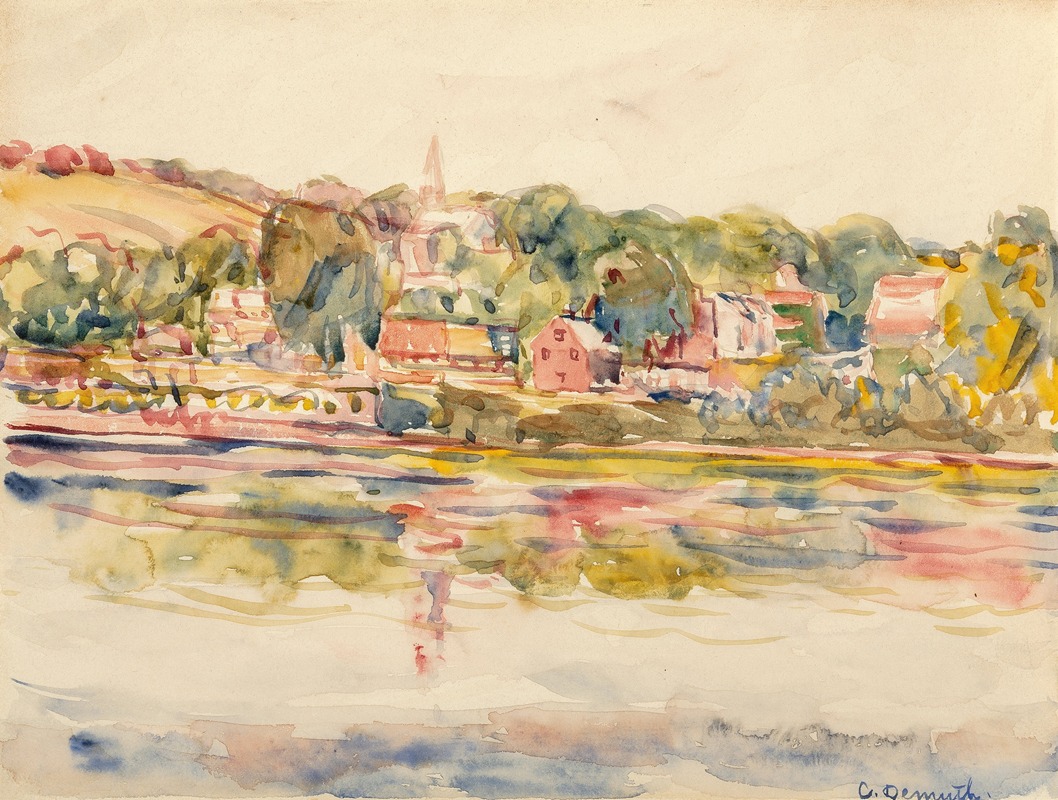
New Hope, Pennslyvania
A hand-painted replica of Charles Demuth’s masterpiece New Hope, Pennslyvania, meticulously crafted by professional artists to capture the true essence of the original. Each piece is created with museum-quality canvas and rare mineral pigments, carefully painted by experienced artists with delicate brushstrokes and rich, layered colors to perfectly recreate the texture of the original artwork. Unlike machine-printed reproductions, this hand-painted version brings the painting to life, infused with the artist’s emotions and skill in every stroke. Whether for personal collection or home decoration, it instantly elevates the artistic atmosphere of any space.
Charles Demuth's painting "New Hope, Pennsylvania" is a notable work by the American artist, who is best known for his contributions to the Precisionist movement. Demuth, born in 1883 in Lancaster, Pennsylvania, was a key figure in early 20th-century American art, and his works often reflect a blend of realism and abstraction.
"New Hope, Pennsylvania" captures the essence of the small town of New Hope, located in Bucks County, Pennsylvania. This town was known for its vibrant artistic community, which attracted many artists during the early 20th century. The painting is part of Demuth's broader exploration of American landscapes and urban scenes, where he sought to depict the changing American environment through a modernist lens.
Demuth's style in this painting, as in many of his works, is characterized by clean lines, geometric forms, and a meticulous attention to detail. These elements are hallmarks of the Precisionist style, which aimed to portray industrial and architectural subjects with clarity and precision. Although "New Hope, Pennsylvania" focuses on a rural setting, Demuth applies the same principles of structure and form, highlighting the architectural elements of the town's buildings and the surrounding landscape.
The painting reflects Demuth's interest in capturing the spirit of a place through its physical structures. His use of light and shadow, along with a restrained color palette, creates a sense of harmony and balance. This approach allows viewers to appreciate the simplicity and beauty of the town's architecture and its integration with the natural environment.
Demuth's connection to New Hope and the surrounding region was not only artistic but also personal. He was part of a circle of artists who frequented the area, which included notable figures such as Edward Redfield and Daniel Garber. This community was instrumental in the development of the Pennsylvania Impressionist movement, although Demuth's style remained distinct from the Impressionists due to his Precisionist tendencies.
"New Hope, Pennsylvania" is an example of how Demuth's work bridges the gap between traditional landscape painting and modernist abstraction. While the painting is rooted in the real-world setting of New Hope, it transcends mere representation by emphasizing form and structure over narrative content. This approach reflects Demuth's broader artistic philosophy, which sought to capture the essence of modern life through a focus on design and composition.
Throughout his career, Demuth produced a diverse body of work that included watercolors, oils, and illustrations. Despite facing health challenges throughout his life, he remained a prolific artist until his death in 1935. His legacy is preserved in numerous collections, including the Whitney Museum of American Art and the Metropolitan Museum of Art, where his works continue to be celebrated for their innovative approach to American modernism.
"New Hope, Pennsylvania" stands as a testament to Demuth's ability to convey the unique character of a place through his distinctive artistic vision. The painting not only captures the physical attributes of the town but also reflects the broader cultural and artistic movements of the time, making it a significant piece in the history of American art.





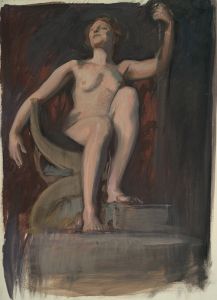
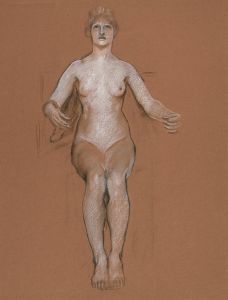
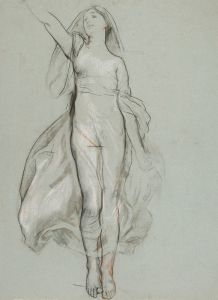
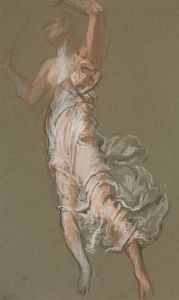
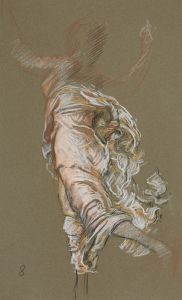

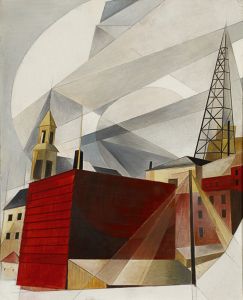
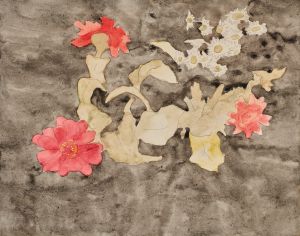
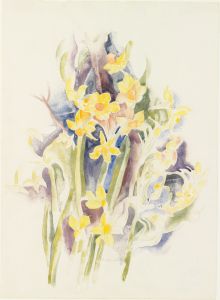
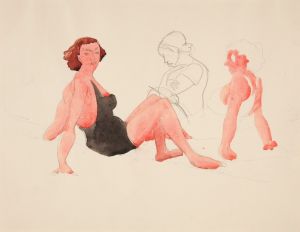
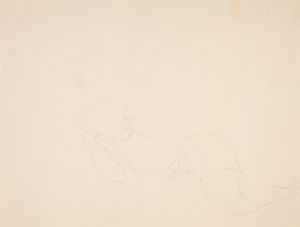
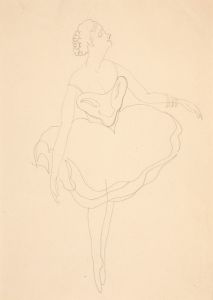
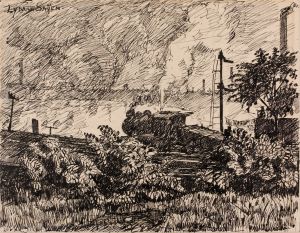
![Design drawings for Community Coffee Shops, Wilkes-Barre, PA.] [Proposed doors and lighting fixtures, Lumiline light fixture and door, elevations and plan](/imgs/249274/s/winold-reiss-design-drawings-for-community-coffee-shops-wilkesbarre-pa-proposed-doors-and-lighting-fixtures-lumiline-light-fixture-and-door-elevations-and-plan-c8102872.jpg)